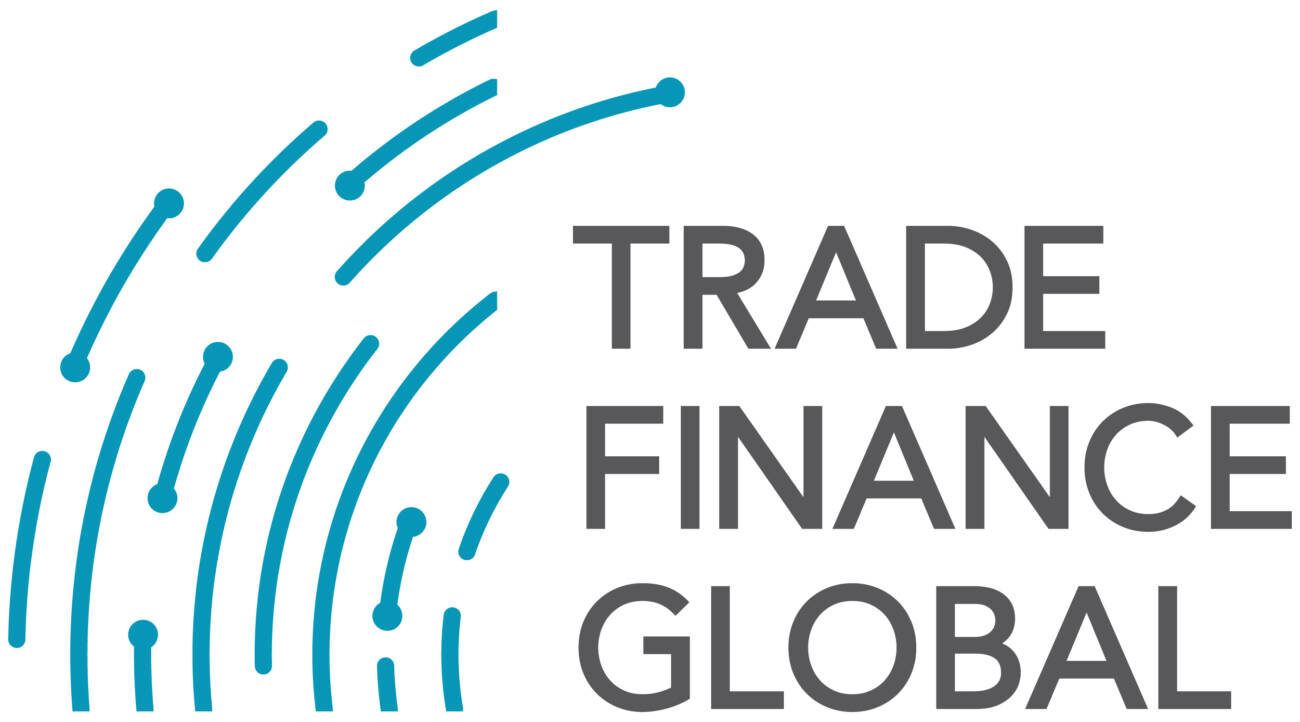[box]
According to The World Bank’s national accounts data, trade share in global GDP was around 60% in 2018. Are women, as 50% of the world’s population, able to have their share, or do they still face barriers to entry?
[/box]
Trade and Women: Current Situation
Even though there is increasing awareness and focus on empowering women in business, analysis shows that women are still underrepresented in trade. Their employment is concentrated in the least traded sectors, such as education, health, and social service, and they are still far behind men as entrepreneurs and company owners.
Why are women still so far behind, and what are the constraints that limit their participation? The main obstacles they face include:
- Lower financial and trade-related literacy resulting in a skills gap,
- Limitations on access to financial markets,
- Participation in lower value-added business,
- Gender-biased legal or environmental conditions.
Removing Barriers and Empowering Women in Trade
To increase women’s participation rate, many different institutions have launched wide ranging initiatives, but the data show that there is still much to be done. Empowering women in trade and trade-related professions requires long-term strategies and commitment with a focus on:
- removing barriers to accessing financial markets and ensuring a gender-equal legal and environmental framework,
- motivating women to take part in more value-added businesses,
- providing continuous education and training programs to female-owned companies.
Access to Financial Markets
Many discussions are happening around this issue with the aim of determining whether limited access to financial markets is a demand problem or a supply problem. Research suggests both. As per the Asian Development Bank Institute’s Research Paper, women-led firms are 10% more likely to be discouraged from applying for trade finance. That means they need funding but do not ask for it.
In addition to demand problems, there are limitations from the supply side. Although the underlying reasons are ambiguous, the IFC reports that financial institutions’ portfolio of loans to women-owned SMEs tends to be significantly lower than the share of women-owned SMEs in their target markets would suggest. Why is this the case? Caroline Kende-Robb, the Secretary-General of CARE International, points out,
In that sense, continuously bringing financial institutions and female business owners together to understand each other’s needs is critical. In recent years, more financial institutions have been developing niche projects and programs aimed at women. These projects can be beneficial for increasing awareness and decreasing communication barriers between institutions and female-run businesses.
In addition to the supply and demand problems noted above, some countries still lack any laws prohibiting gender-based discrimination from lending institutions. Due to all these limitations, women will often seek financing from family or friends rather than formal financial institutions. This limits the growth of female-led firms and causes severe sustainability problems.
More Value Added
The World Bank Group Policy Note on Innovation, Technology and Entrepreneurship states that female-led firms are concentrated in low productivity, low-technology, and low-growth sectors. Transforming female-led businesses requires long-term commitments. To that regard, lifetime learning and education are essential. Additionally, financial initiatives and subsidiaries tailored to women participating in top value-added businesses can create significant differentiation. As more value is created with women participating in trade, an increase in women’s participation rates will inevitably come about.
Education and Training
‘The more you know, the more powerful you are.’—Souleïma Baddi, CEO, Komgo
[box]
Women in Trade 2020
[/box]
OECD states that women have less financial knowledge and less confidence in their financial skills than men and, therefore, need more financial education. On top of that, due to its nature, trade is perceived to be riskier than the other aspects of business. Factors like language barriers as well as unfamiliar laws and practices make it difficult for women to participate in trade. Thus, to familiarize women with it, education and training programs tailored to their unique needs and perspectives are vital.
Conclusion
In addition to the social damage it creates, gender inequality can prevent countries from fully tapping into their economic potential. There is an increasing awareness and focus on promoting women in trade. However, data shows that there are still gender inequalities in trade and trade-related disciplines. Collective action by sector players concentrating on continuing education, enabling women’s access to financial markets, and directing women to more value-added businesses can be a solution to remove barriers and promote women in trade. Expectations are that digitalization will accelerate these three strategies and help increase women’s participation. However, it is essential to highlight that women also experience barriers to digital platform access. So, to remove women from this vicious circle, it is also very important to remove the obstacles they are facing when it comes to accessing digital tools.
[box]
VIDEO: Women in Trade Finance Interview – Liliana Fratini Passi – CEO at CBI
[/box]
[box]
This article was written by a member of TFG’s 2020 International Trade Professionals Programme. Find out more here.
[/box]
[box]
Disclaimer: The views that have been expressed on this page are that of the author, which may or may not be in line with their company, Trade Finance Global or London Institute of Banking and Finance’s view.
[/box]
Type a message

